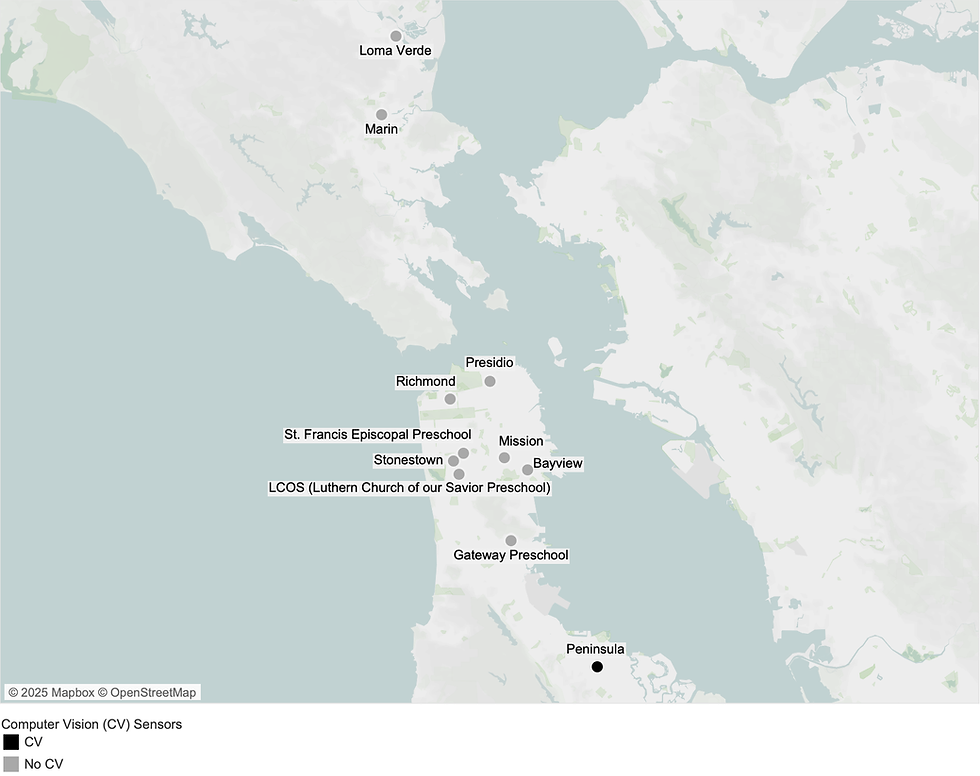How Technologies in Commercial Design are a Catalyst for Growth
- Nate Goore

- Dec 9, 2021
- 2 min read
Updated: Oct 1, 2022

The FreePress Journal released an article that talks about how technological disruptions are changing commercial interior design. After the pandemic, this industry has passed through a “silent digital revolution” since social distancing norms and work from home models are modifying consumption habits.
“With evolving work culture across the globe, the commercial interior design segment is no longer limited to creating functional spaces. Instead, it has imbibed a whole new aspirational essence wherein consumers are more demanding than before. Consumers look for innovative and aesthetically pleasing designs with high-end customizations and professional execution services”.
Virtual and augmented reality, advanced sensors, artificial intelligence and machine learning are now taking a primary role in new-age commercial design and build companies. Now more than ever, there is a big demand for designing digitally-driven offices and spaces.
Let’s review some key points analysed:
Technology a key enabler in design: after the pandemic, hybrid work approach has taken a lead. Commercial design and build companies are promoting digital tools to augment this hybrid work culture. “ They are utilizing the potential of new-age technologies to facilitate seamless and safe in-person interactions for better communication while promoting safety at the workplace. This has triggered expedited the growth of commercial design space enabled by technology”.
Digitalization: The integration of technology has disrupted the commercial design segment, changing the traditional approach with clients. Augmented and Virtual reality have transformed the process of design execution, delivery but also interaction with spaces. “The integration of Virtual Reality aids 3D visualization of the space. This further allows virtual walkthroughs for better space planning, designing and product selection. On the other hand, Augmented Reality enables better visualization of design even before it is developed. This reduces tedious time-consuming corrections at later stages that affect the delivery of projects”.
Smart office design: remote work culture has created the need for having ‘digitally-driven’ office designs and smarter space optimization. Now, more than ever, organizations are looking for “smart products” that promote employees health safety and productivity. The principles that drive design are: flexibility, adaptability and functionality.
“For instance, technologically-enabled commercial design players have started integrating temperature, lighting and ambient control products to promote the well-being of employees. They have also started planning commercial office spaces embedding touchless technologies for employee attendance, app-based meeting room bookings, automated doors, etc to help organizations thrive in the post-pandemic world”.
At MKThink we're developing technologies and strategies to help clients optimize their resources for the future. To learn more about how MKThink helps organizations strategize their future, please contact us.
To read more: https://www.freepressjournal.in/business/technological-disruptions-in-commercial-design-space-a-catalyst-for-growth




Comments